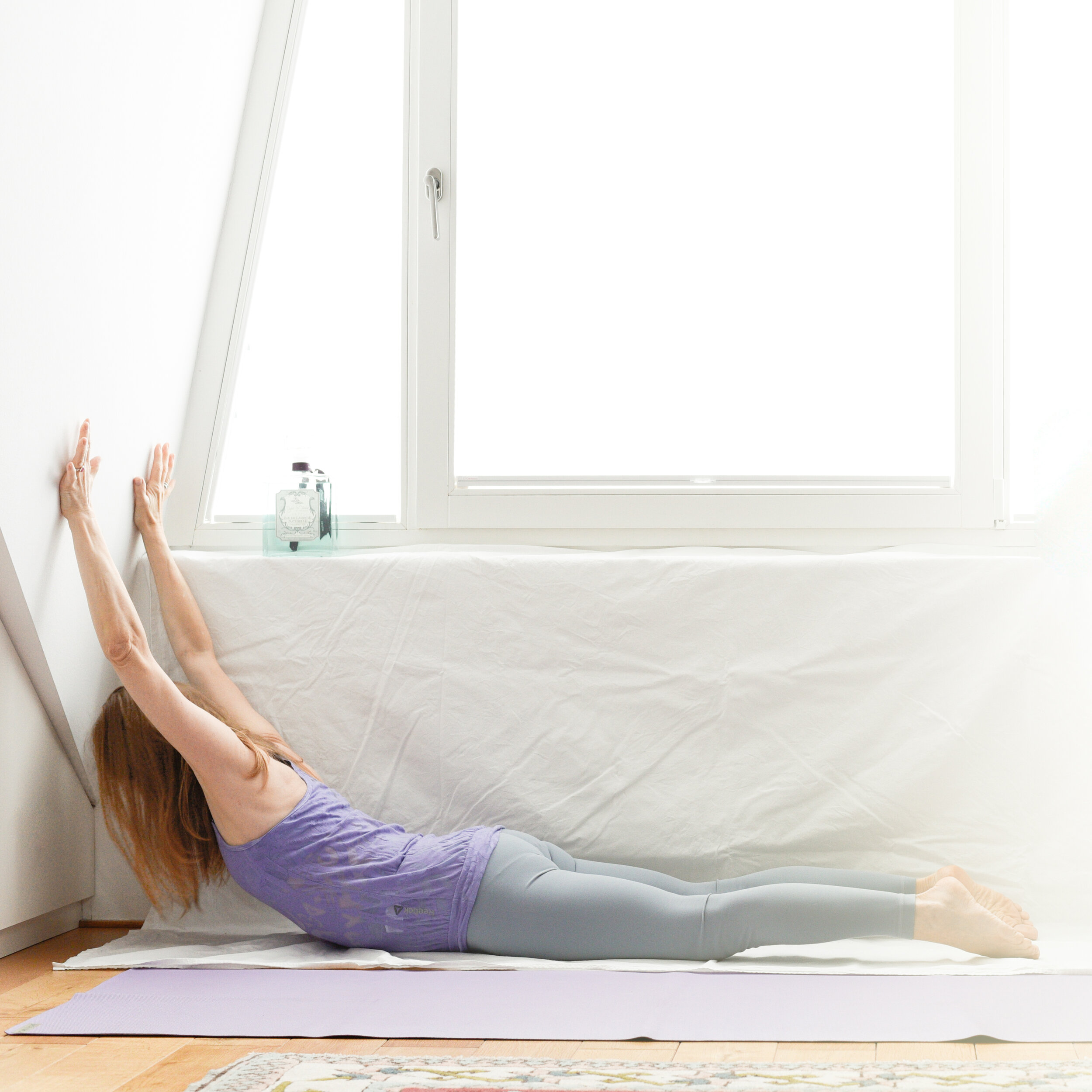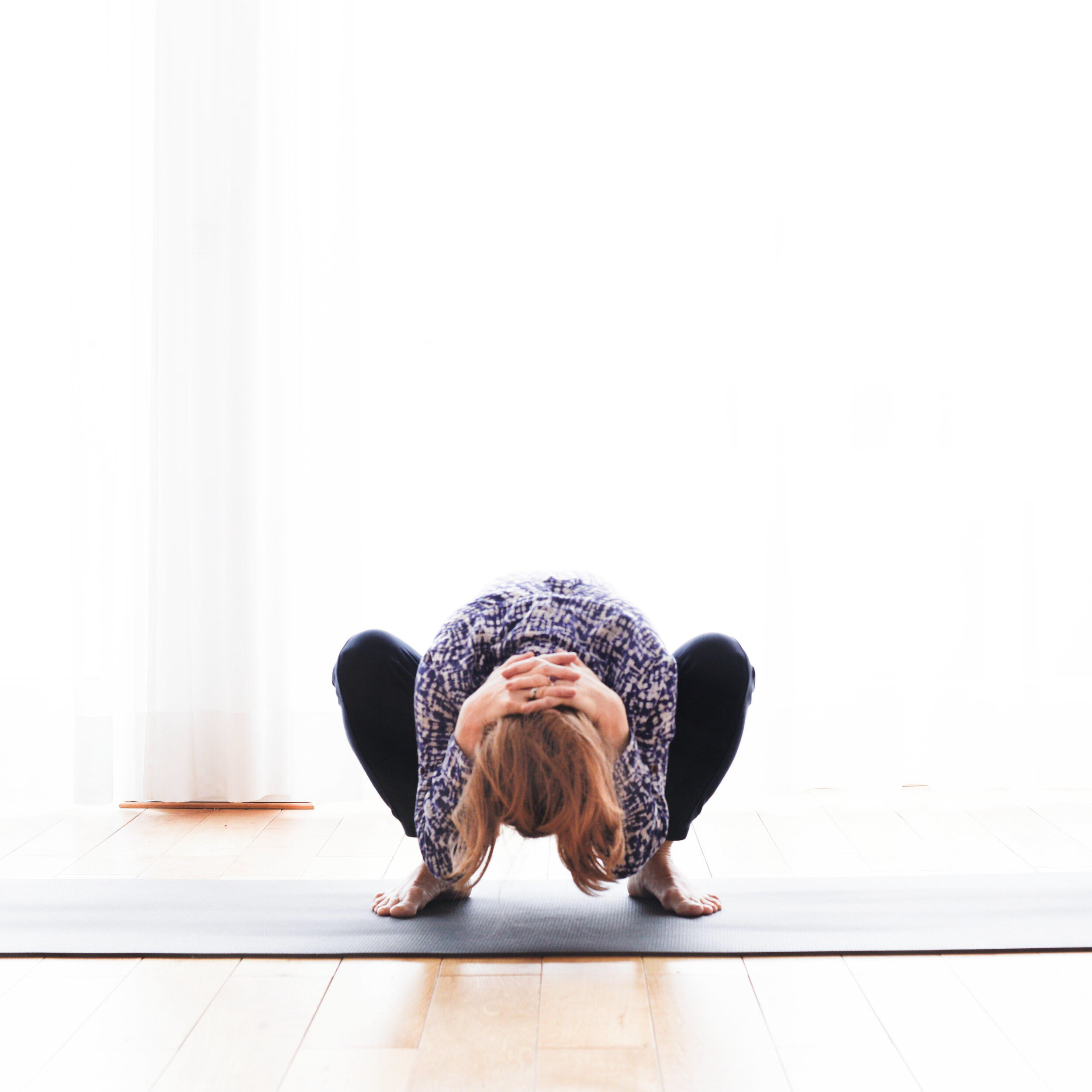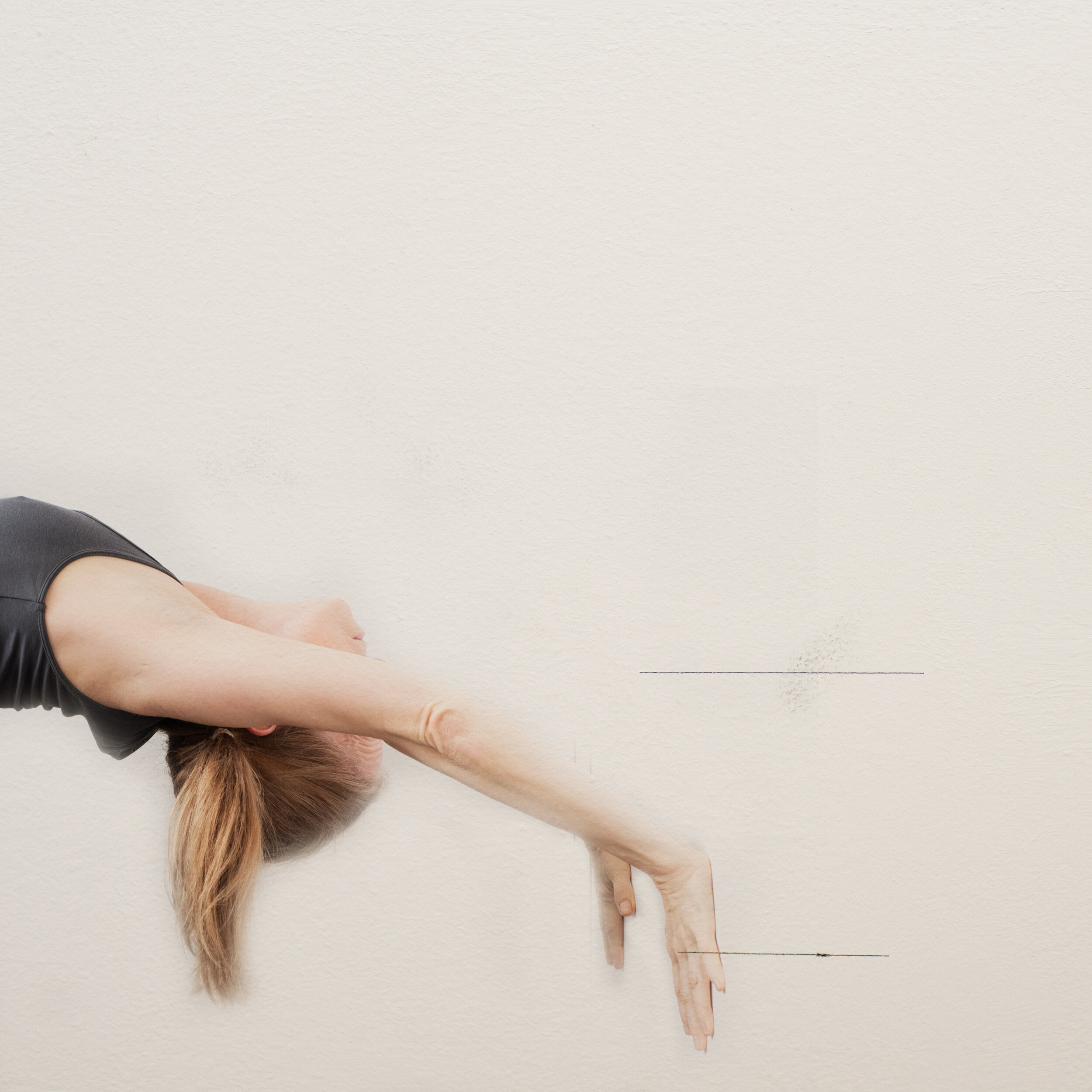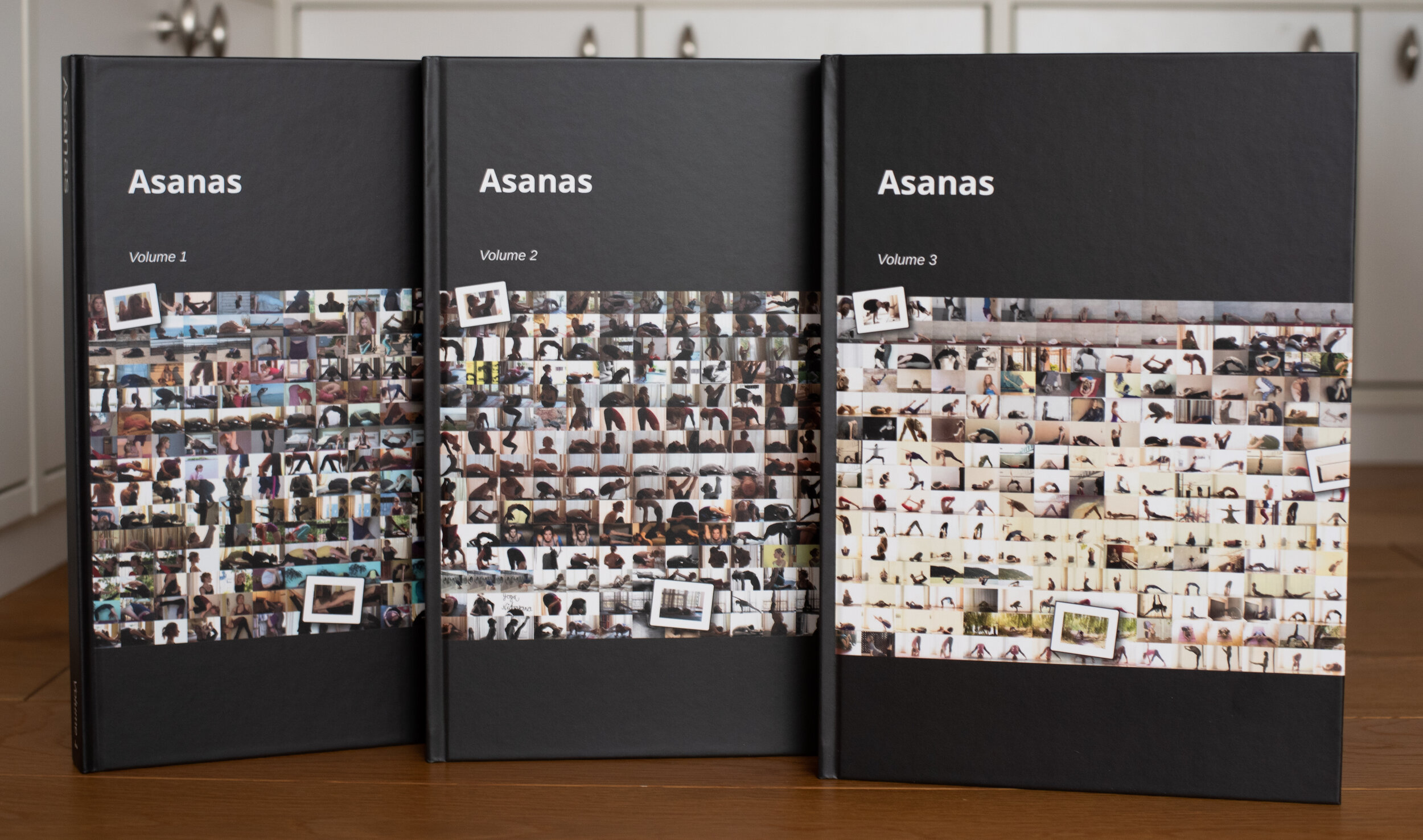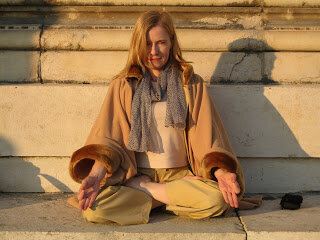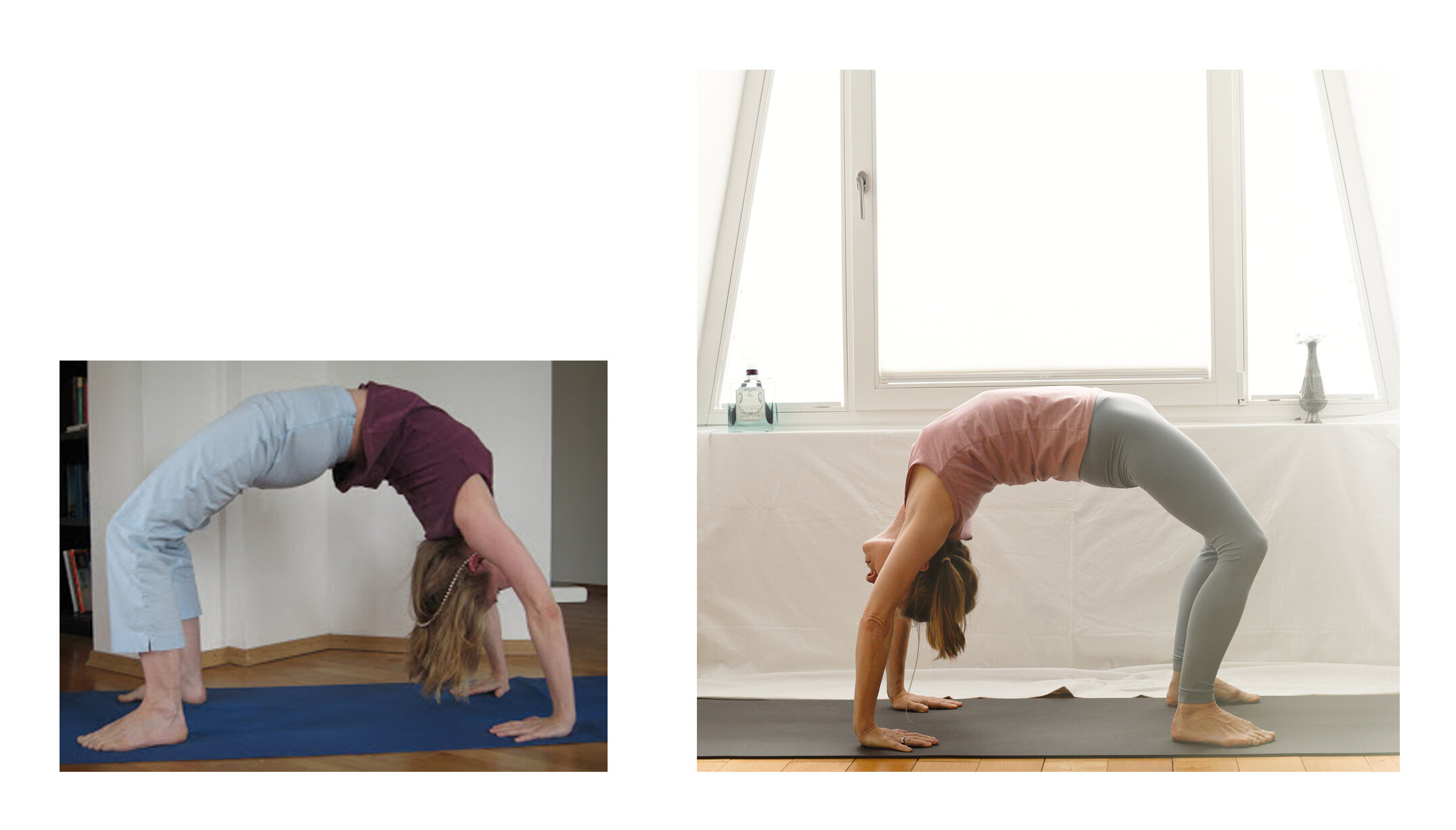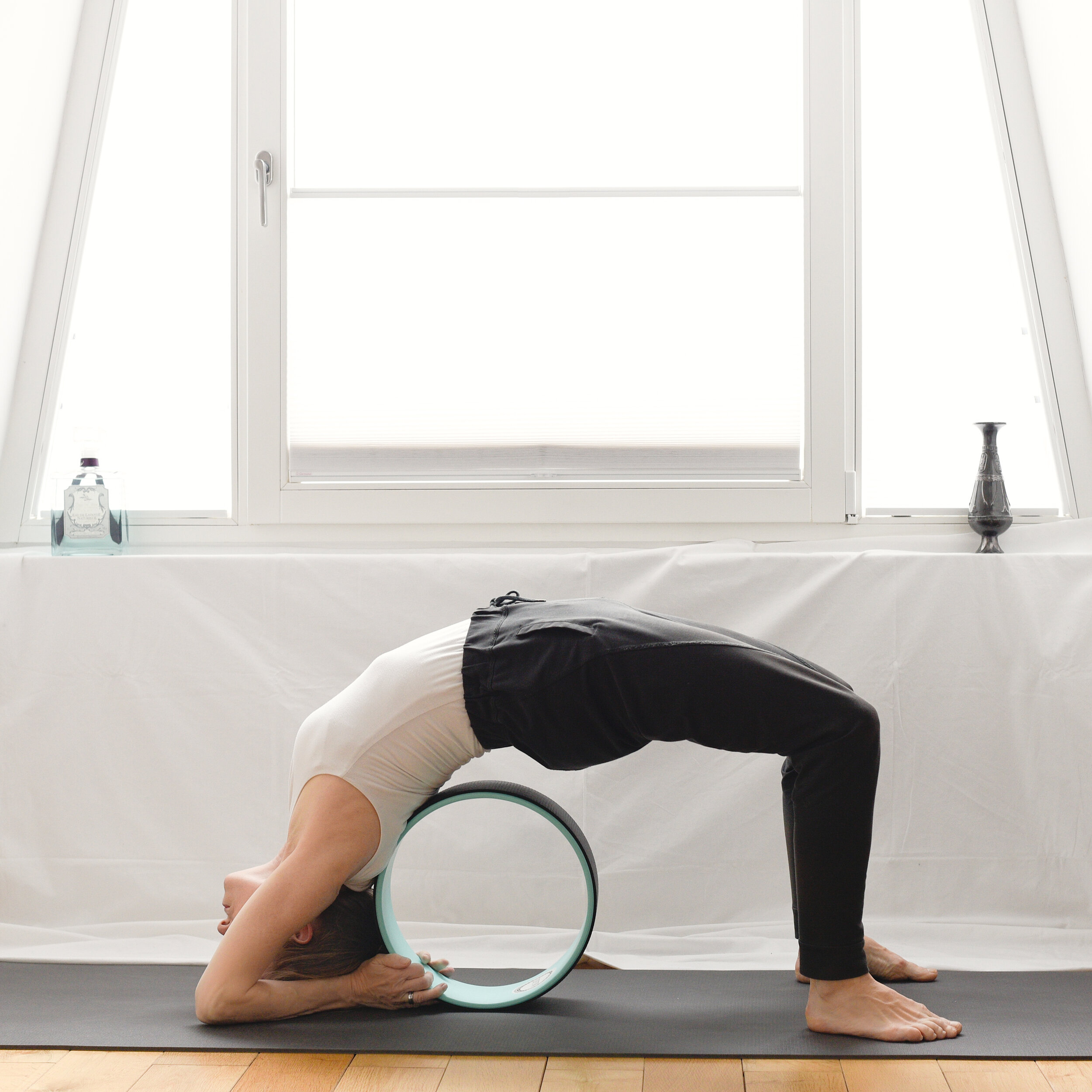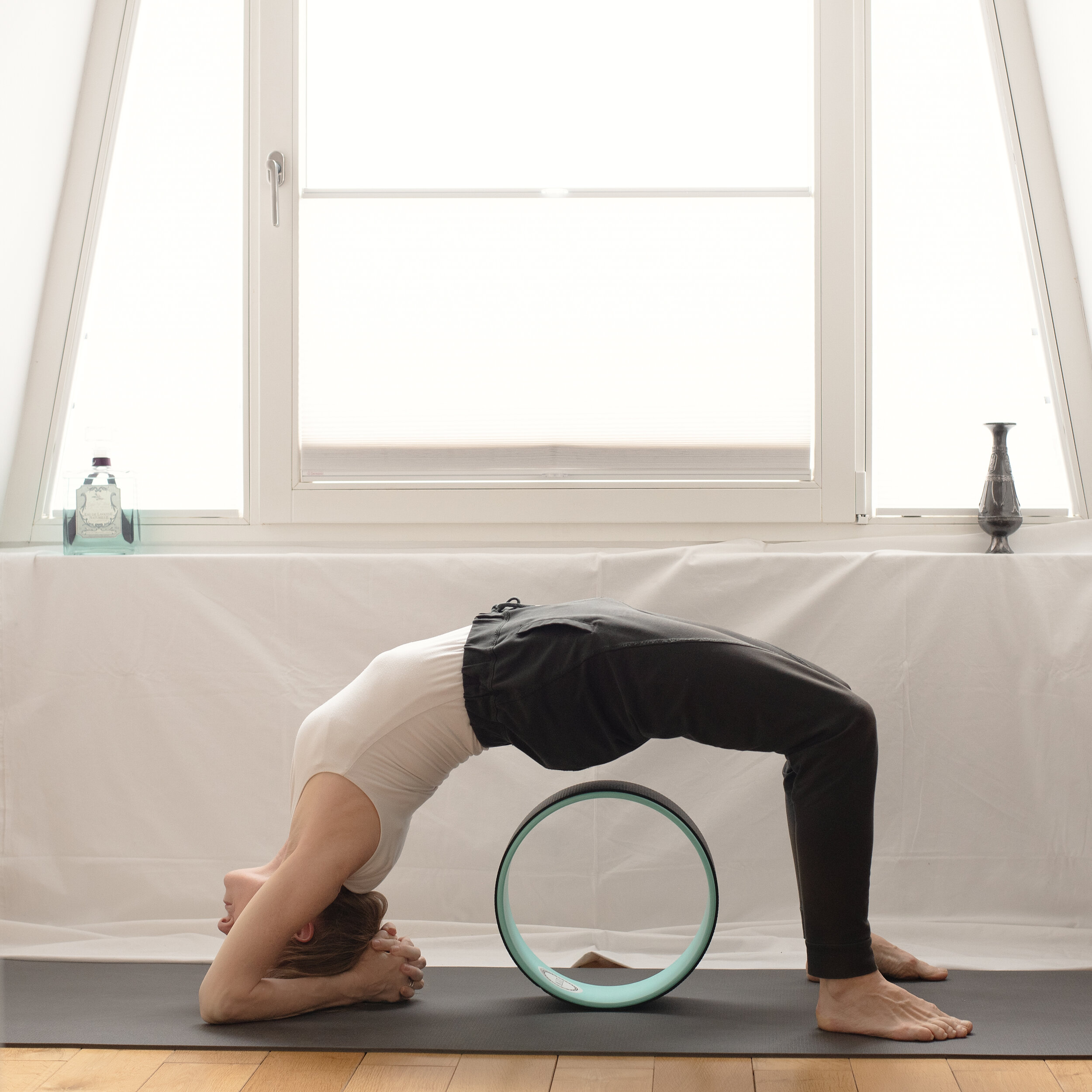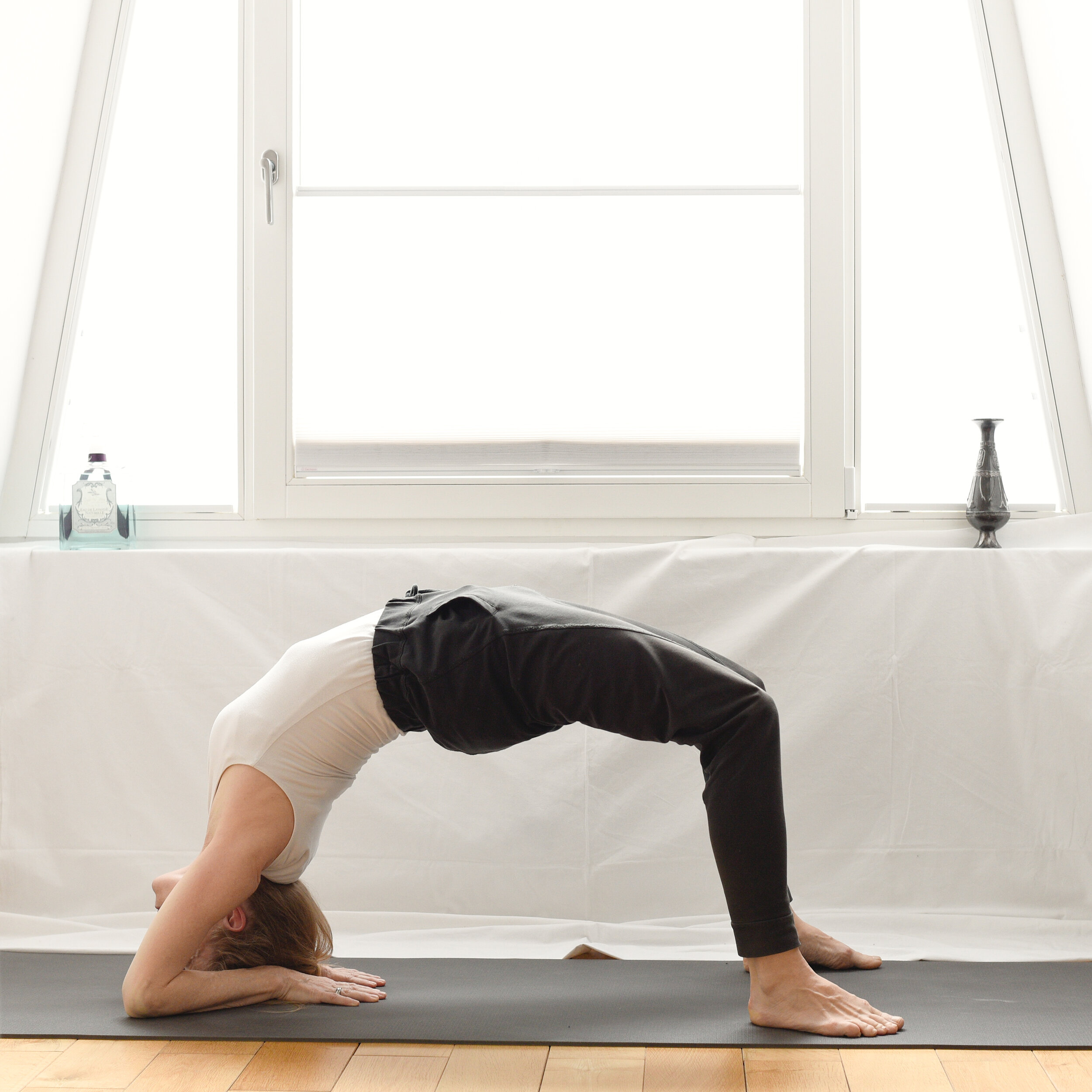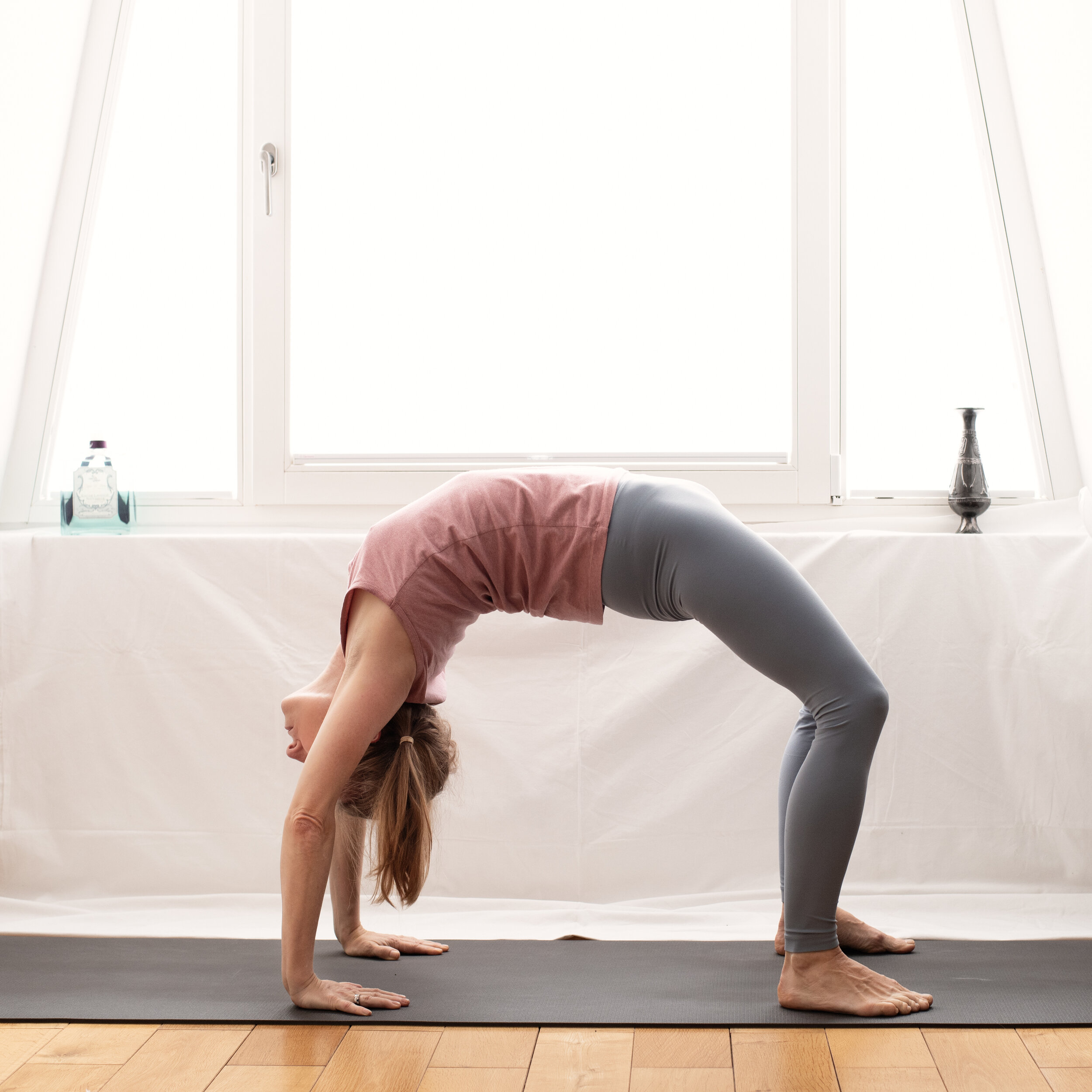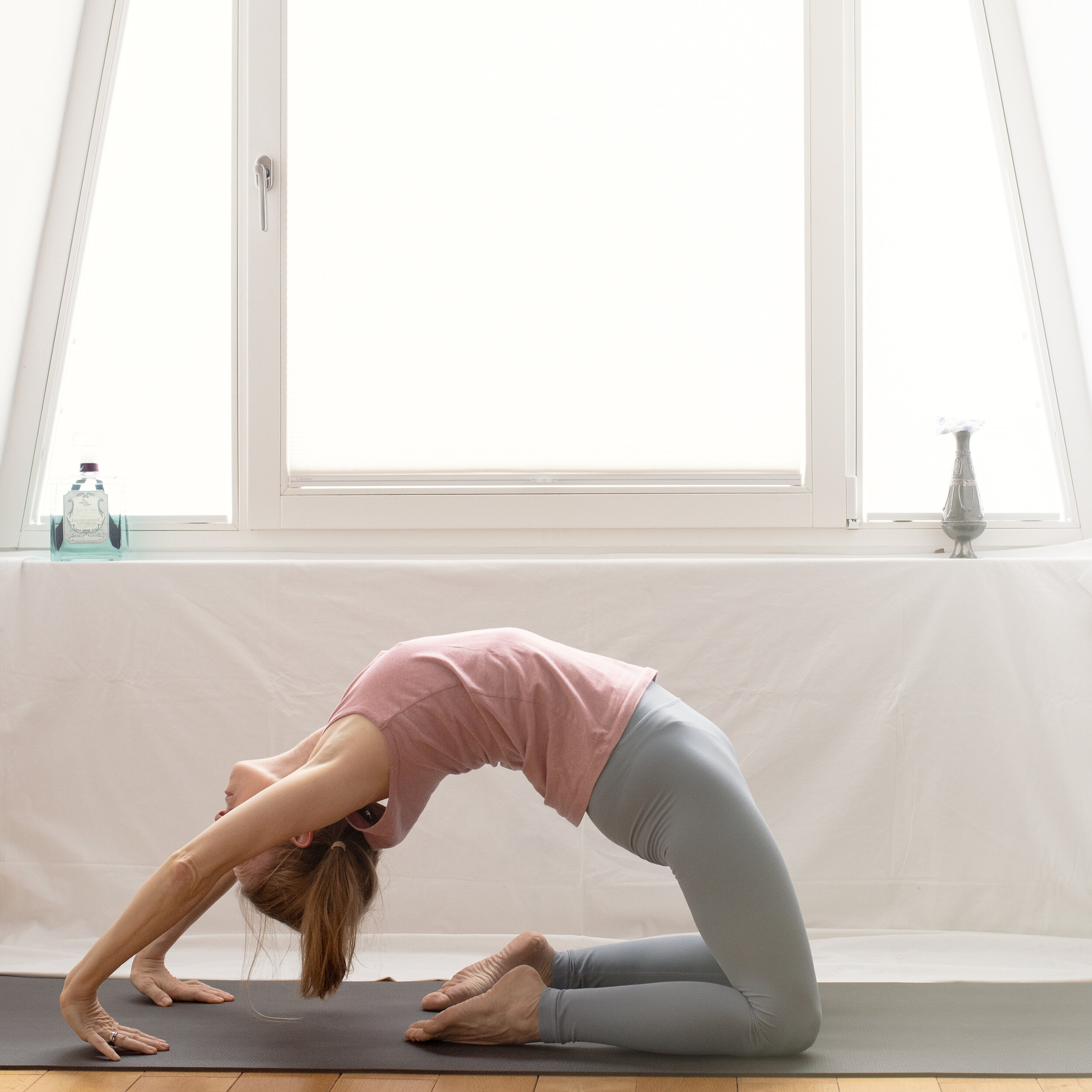For months I was no more interested in information about the SI joint. I had enough from all the voices of experts. I saw enough exercises that back pain patients should do. I consider myself healed, at least 95 %. A few days back I googled ‘SI joint’ again and stumbled across a YouTube video produced by a sports therapeut. His patients, who suffer from back pain, caused by a malfunctioning of the SI joint, often do sedentary work. They bow forward 8 hours a day. The muscles get weak, the skeleton deforms. Pain is the language of the body. It tells that something goes wrong.
We can have a life style that damages the body. We can also exercise in a way that deforms our bodies in the long run.
I’m sure that I did too much forward bending asanas in the last decade. Mainly forward bending asanas was my daily bread for too long. Secretly and at home I started back bending asanas. I started the second series. Then I found a teacher who asked me: What can I do for you? Me: I want to learn the second Ashtanga yoga series. And I learned it. After years I changed the yoga school. I had my reasons. I was asked again to do primary only. Yes, these forward bending asanas got better, much better. I learned to concentrate for 2 and a half hours. My practice lasted so long. Whyever it happened that I injured myself, it is my own responsibility. it took me a long time till I could use this injury as a learning opportunity.
P. Jois pushed his students. He wanted to teach as much as possible. Within a couple of months the students learned primary and second series. It was more or less taught as one series.
These days authorized teacher want to see a perfect performance of every single asana. Variations are not allowed. Only when one pose is mastered the next pose is taught. Didactic is the weak point at Ashtanga Yoga. The situation today is totally different than a decade ago. Too many students want to learn Ashtanga yoga. To have one system for everybody makes it easier to teach. The individuality of a yogini is ignored. This is the sacrifice.
These days I strive for a balanced practice.
One day I focus on forward bending asanas. The other day I focus on back bending asanas.
I approach every day with a different attitude. Sometimes I feel that I can give 120%. On other days I’m glad that I practice. This is accepted as it is.
I also want to balance strength and flexibility training.
I strive for training the right side of the body and the left side of the body evenly. Usually when doing padmasana (lotus pose) one shall take ‘right leg first’. I alter legs these days. For 2 years I followed the rule ‘right leg first’ with the consequence that my body got out of balance. It was even visible. Lotus pose with the left leg first became difficult.
I also alter the legs when I cross the legs before jumping into another asana.
The exercises of the sports therapist that I mentioned above were more or less back bending positions to readjust the body.
An unbalanced practice has the potential to deform the skeleton.
Wrong shoes can do the same. I wear shoes that have no heels. This is good for my feet and for the entire body. Walking is so much more natural. Find good shoes. This is unpaid advertising. I love ‘allbirds’. I’ve never had so comfortable shoes.
Another story:
Yesterday I saw an interview with a runner. She trained for the Olympic Games. Suddenly she had back pain. The sciatica nerv was sore. Even at night she had unbearable back pain. She was lucky and found a doctor who made a correct diagnosis. She had to stop exercising. Luckily she healed. She started doing yoga and according to her own words, she learned that it makes no sense to ignore body pain. It’s not useful to push through everything. Sometimes the body needs to rest in order to heal.
The runner approached her injury with an open mind. Otherwise she wouldn’t have been open for yoga. The same advice is good for yogini. I learned a lot from gymnastics and those people who do strength training, calisthenics, you name it. We can learn from each other. This can also mean to adjust what we used to do for decades.
In the last year I went to the Sivananda yoga school:
The classes are very balanced. It starts with pranayama. But also the asanas sequence is balanced. Within a yoga class that lasts 90 minutes inversions, forward bending asanas, back bending asanas, balancing asanas, twists, standing asanas are exercised They offer variations for every sequence. Asanas are held longer for those who are more experienced and shorter for beginner. The class has a structure, but at the same time it has a lot of flexibility.
It’s surely not necessary to do all sorts of asanas on one day. But within a week all sorts of asanas should be exercised to have a balanced practice. To be hold back on the first Ashtanga Yoga series can deform a balanced body.
My yoga homeland is Ashtanga Yoga. It fits to my personality. I love to be challenged. I love the dynamic. Yet I think one must approach it non-dogmatic and smart.
On Fridays Ashtanga yoga practitioners do primary. It’s the last practice of this week. Last week was very intensive. I’m glad to have a day off from Ashtanga Yoga tomorrow.

